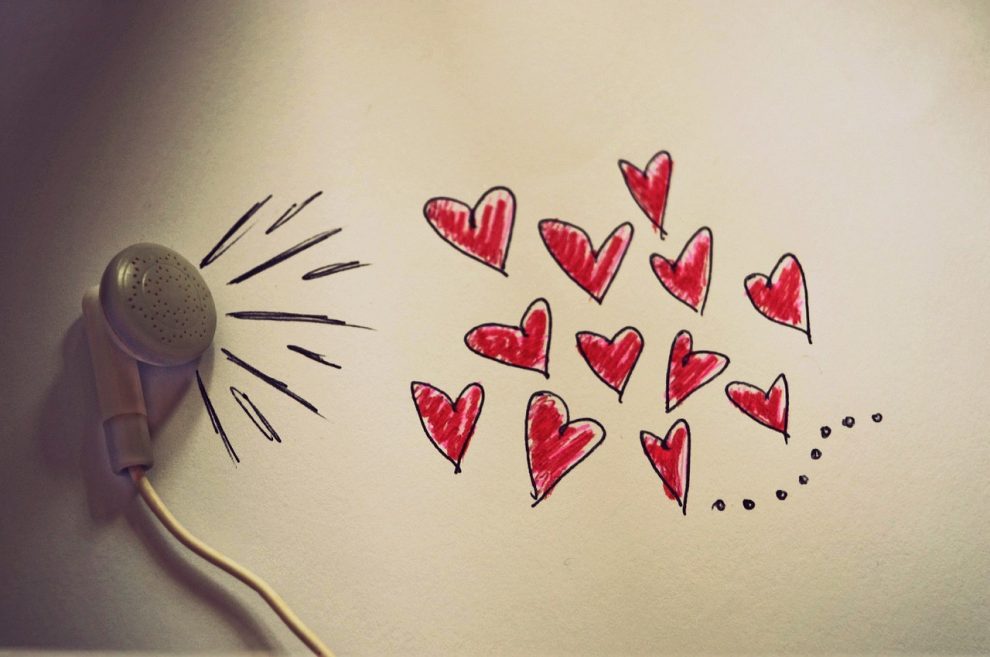
In another snippet of podcast news this week — wait, you didn’t see the three pieces about the Spotify/Gimlet/Anchor news? — Substack, the all-in-one independent (paid) newsletter provider, is now offering support for subscriber-only audio, too.
The added feature won’t make the same kind of splash as Spotify’s $230 million buy, of course. But Substack has garnered more than 35,000 paid subscribers across the newsletters it hosts, up from 11,000 when we last wrote about them in July 2018. That’s a big chunk, especially considering most of the newsletters also have a free tier, and now it can expand to podcasters as well.“We wanted to build through the core strength of Substack. You’re not paying for stuff or a product; you’re paying for a relationship with a writer, maybe now a podcaster, you really trust,” Hamish McKenzie, the company’s cofounder, said.
There are a lot of routes this feature could take: Is it for writers to dip their toes into podcasting? For podcasters to incorporate a newsletter? For podcasters to make money just from podcasts but via email? McKenzie and fellow co-founder Christopher Best say it’s for both, any, all. And that could be helpful to the writers and podcasters laid off in recent months. (The 200-plus jobs sliced from BuzzFeed followed the cut of its podcast unit in September, which also raised fears of a bursting podcast bubble. That fear doesn’t seem well supported anymore.) The company, which went through Y Combinator, takes a 10 percent cut of the paid tier and has also raised $2 million since its founding in 2017.The guinea pig for this expansion is Anthony Pompliano, who writes the daily paid (weekly free) Off the Chain crypto analysis newsletter for investors. Conveniently, he’s already been hosting a podcast of the same name. The show is a deep-dive interview released every few days, but its Substack audio complement is styled as a daily 5-to-10-minute audio letter, McKenzie and Best said. And paid subscribers face the same price tag for newsletter and/or audio content (the free subscribers receive one recording a week): “It’s not paying for the newsletter or the audio file. It’s the connection to the mind of Anthony Pompliano,” Best said. (They’re looking for other beta testers.)

Substack will still use its regular email service to deliver notifications to users when a podcast is published, and the web player is a super-simple hit play button, go do things with your life while listening in the background process that many podcast fans have acclimated to. (It works on mobile and desktop and the web page pleasantly doesn’t have to be active for it to work.) “I pay, I get an email. Our audio product is the same thing,” Best said. “You don’t have to do a bunch of dancing around to get it hooked up to your podcast app. You just get an email and play the podcast.” McKenzie and Best said that the steps to share audio mirror the newsletter systems they’ve already built.
Substack pitches its creators on owning the full relationship between them and the reader/listener/subscriber/absorber. (“Every journalist should own a mailing list. It’s the best possible insurance against the volatility of the media business and social media,” McKenzie tweeted the week of the BuzzFeed bloodletting.) They’re working on a discovery tool to allow more users to sift through Substack’s plentiful newsletters but have it on the back burner after “just helping writers [and podcasters] make more money,” Best said. Creators “are making valuable cultural products and we should make that have a monetary value as well.”